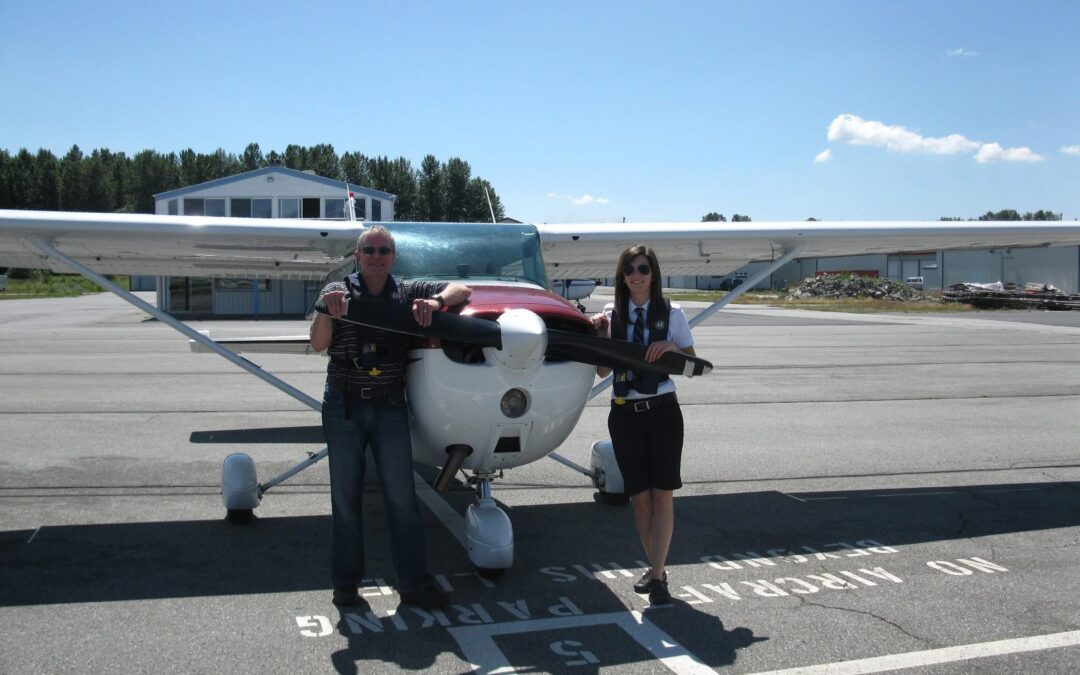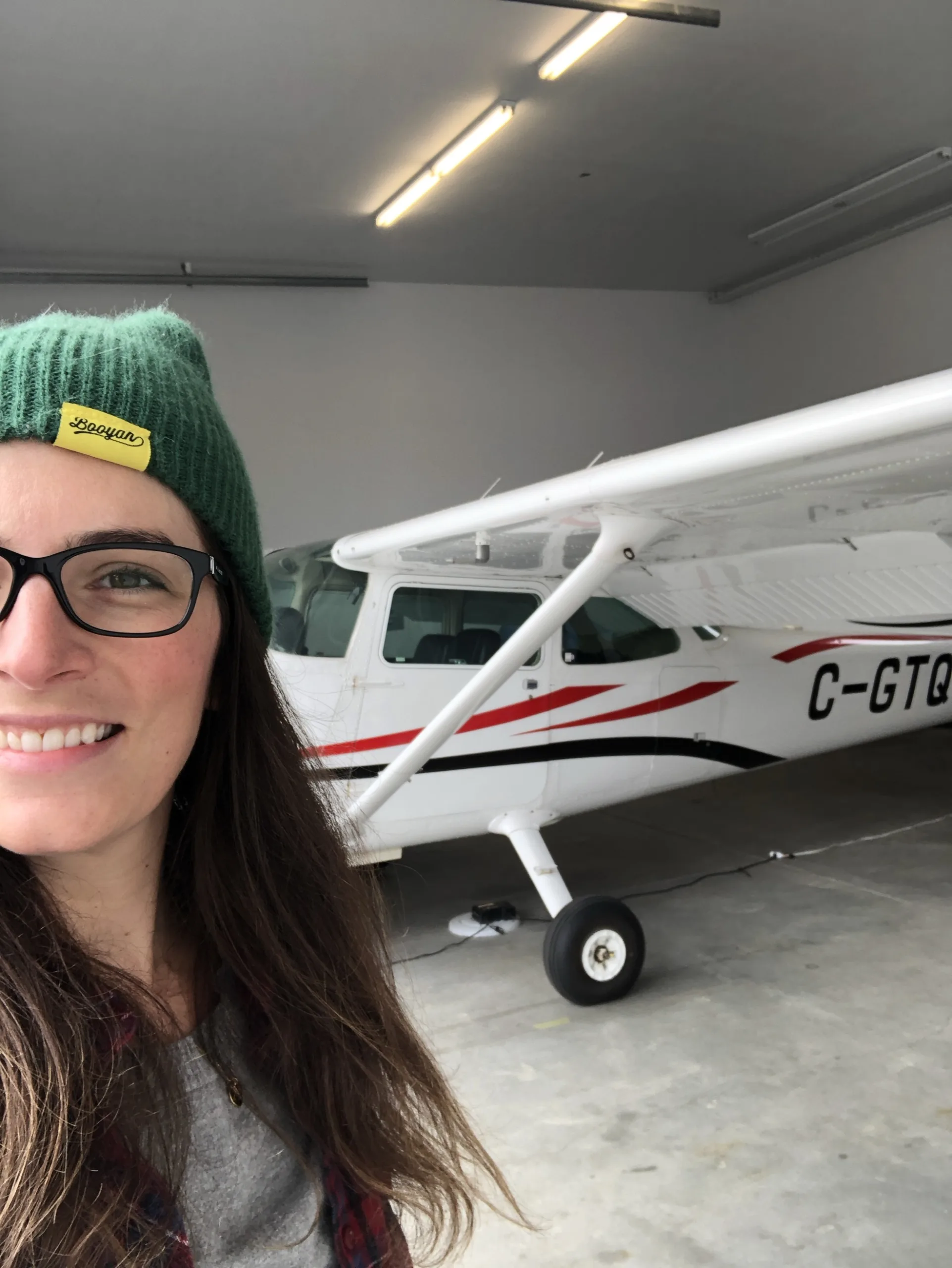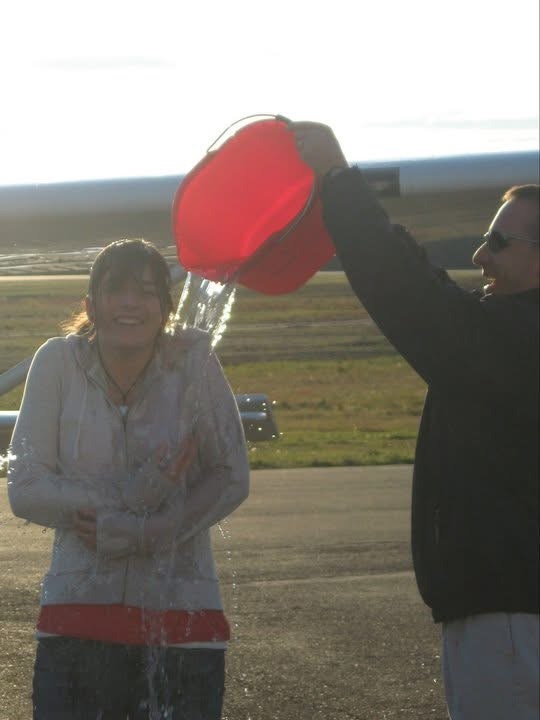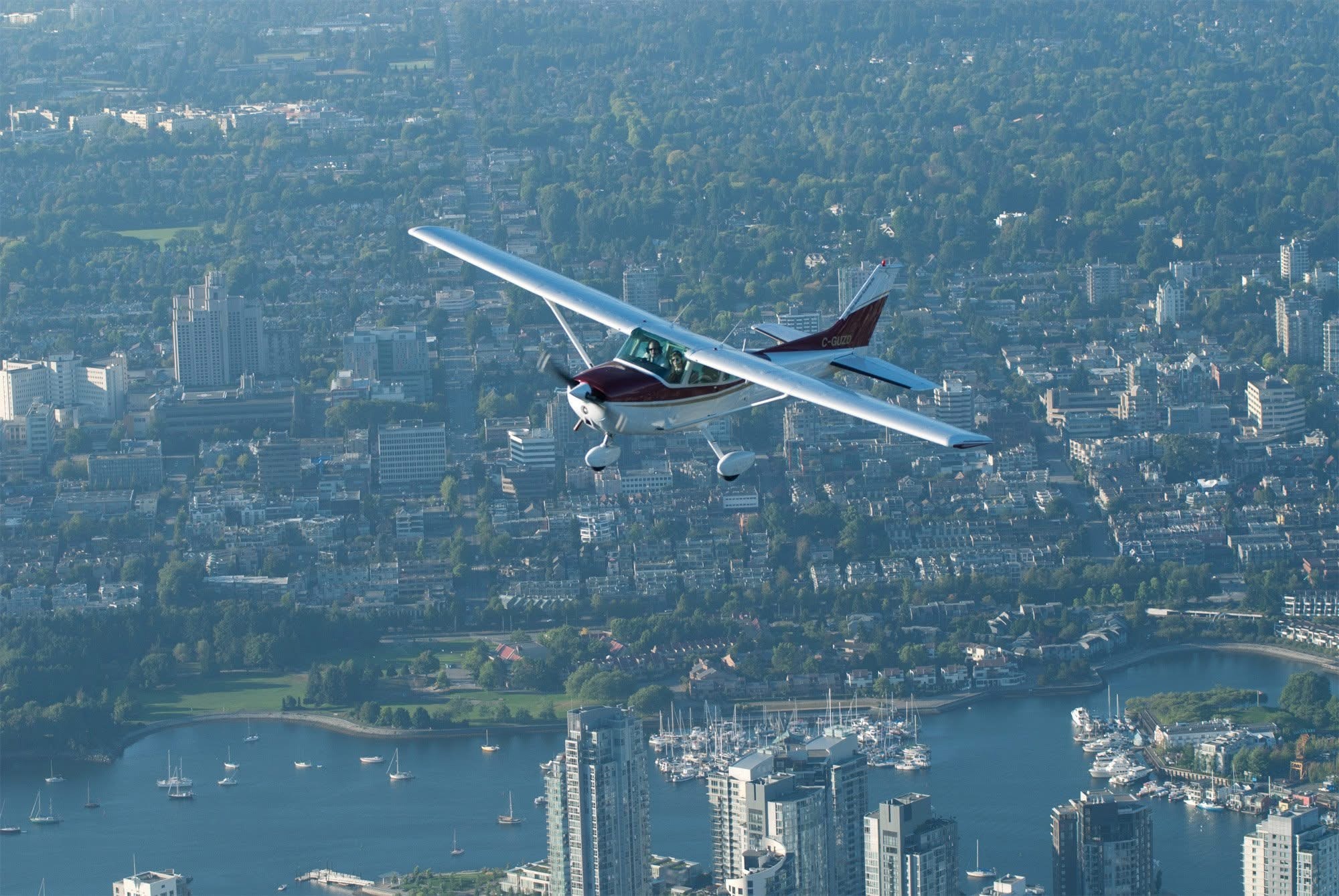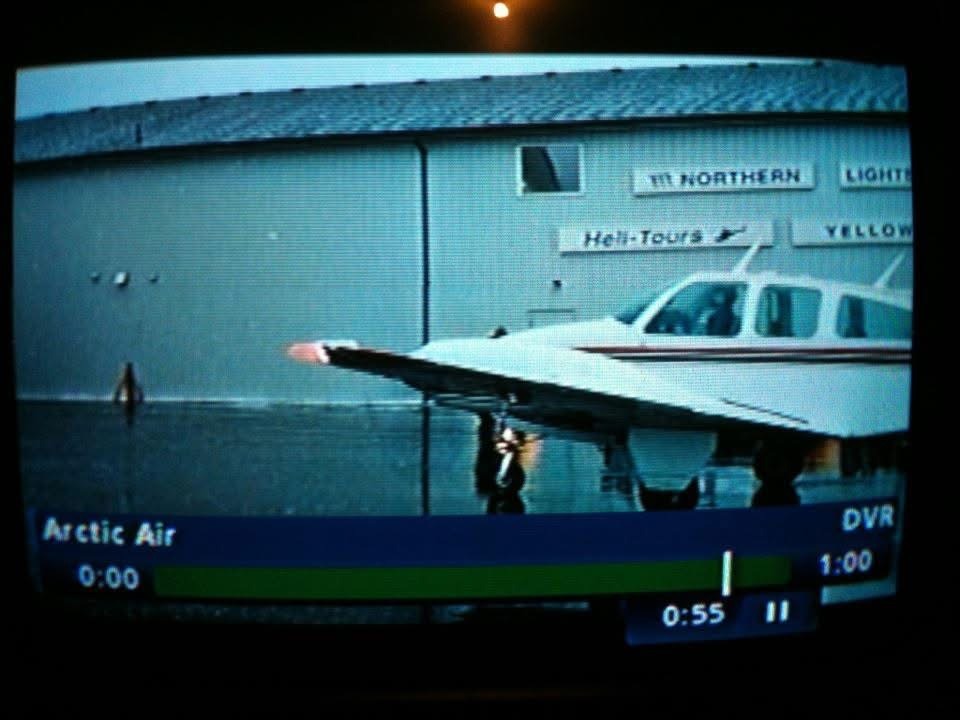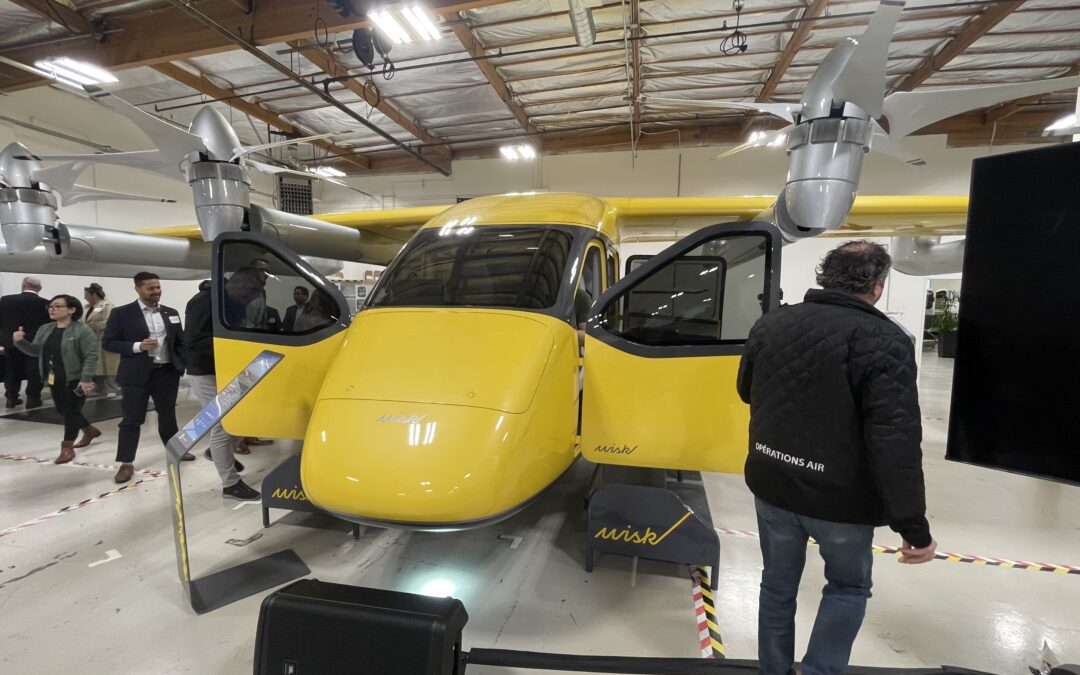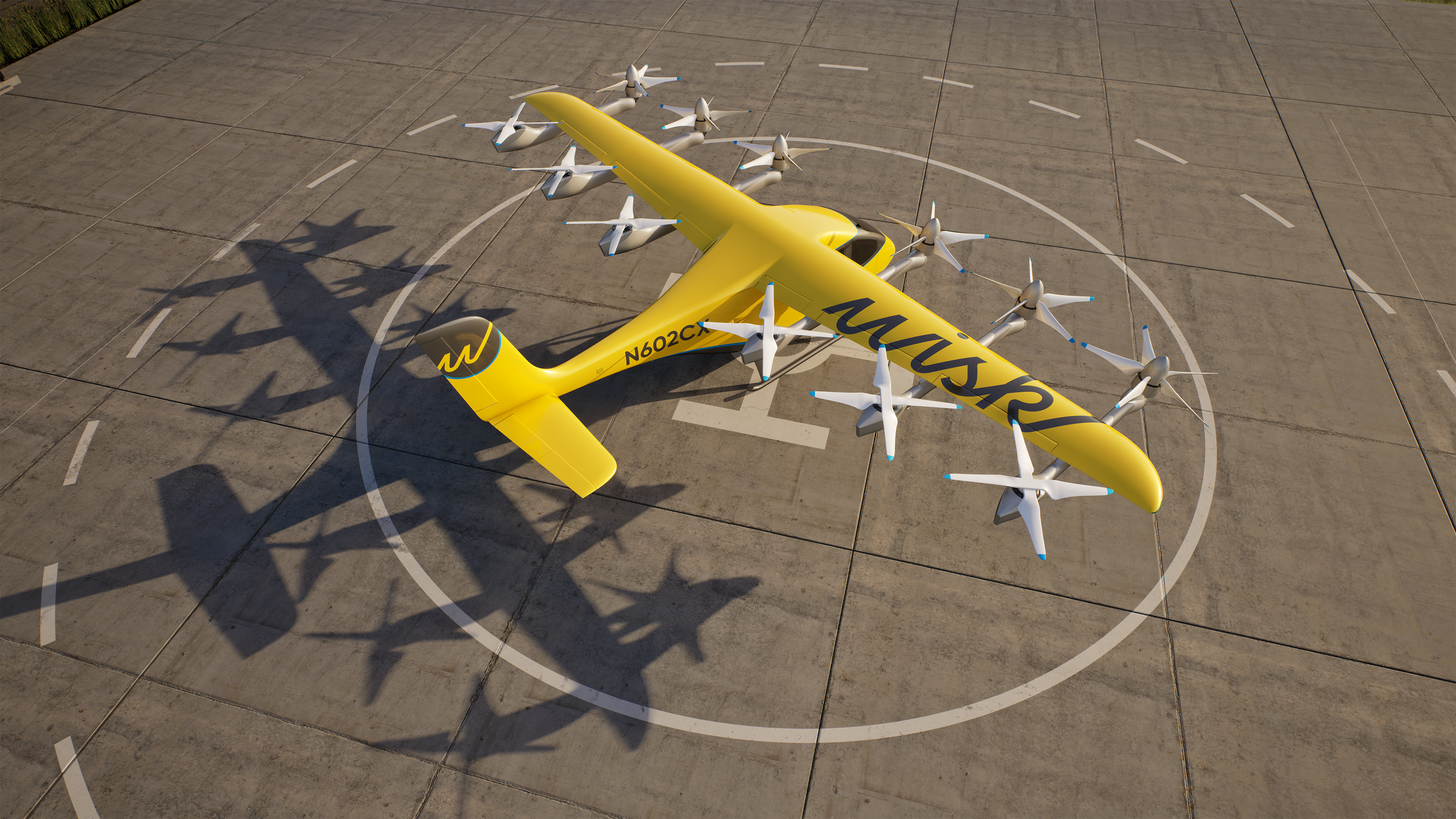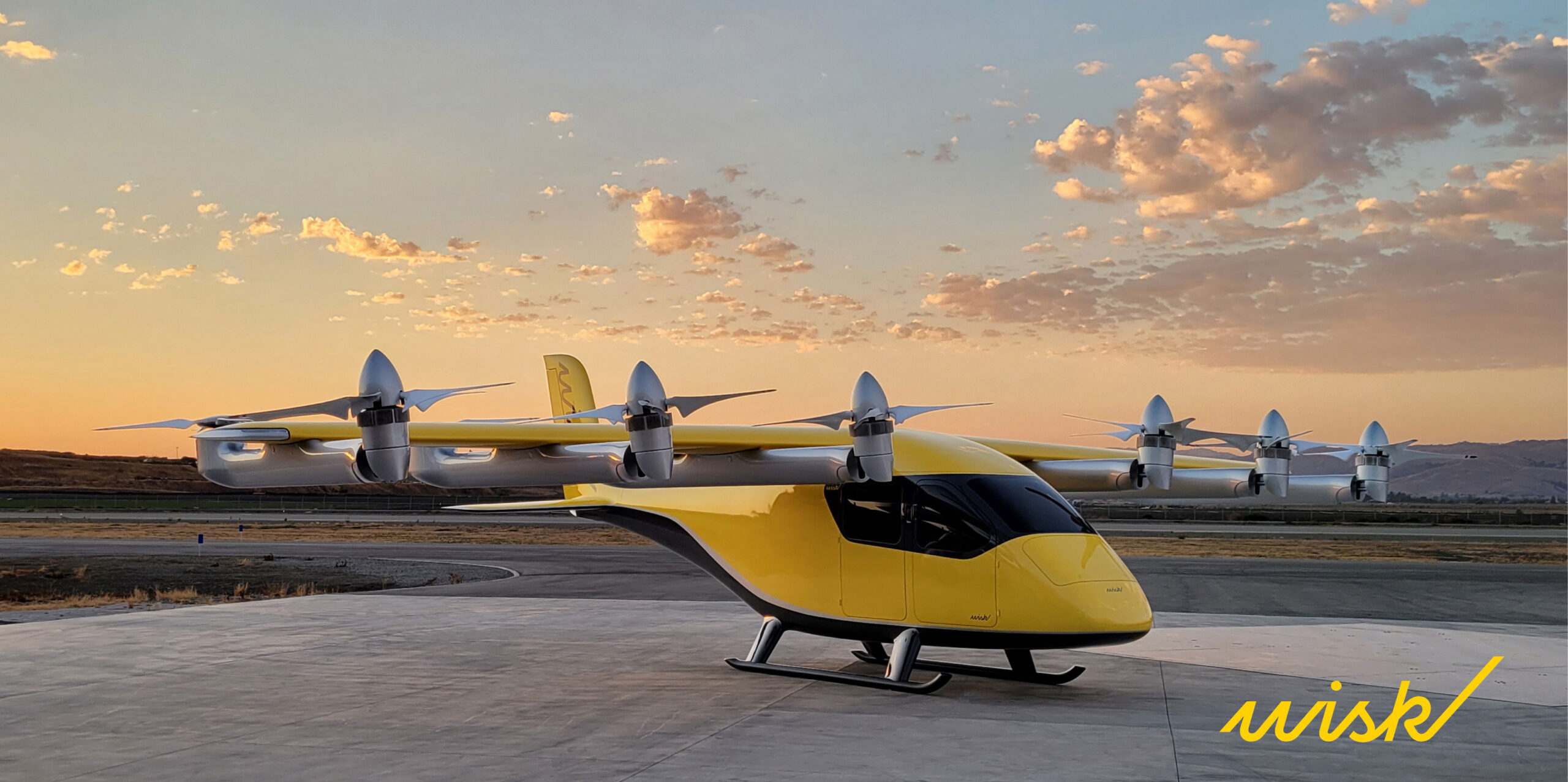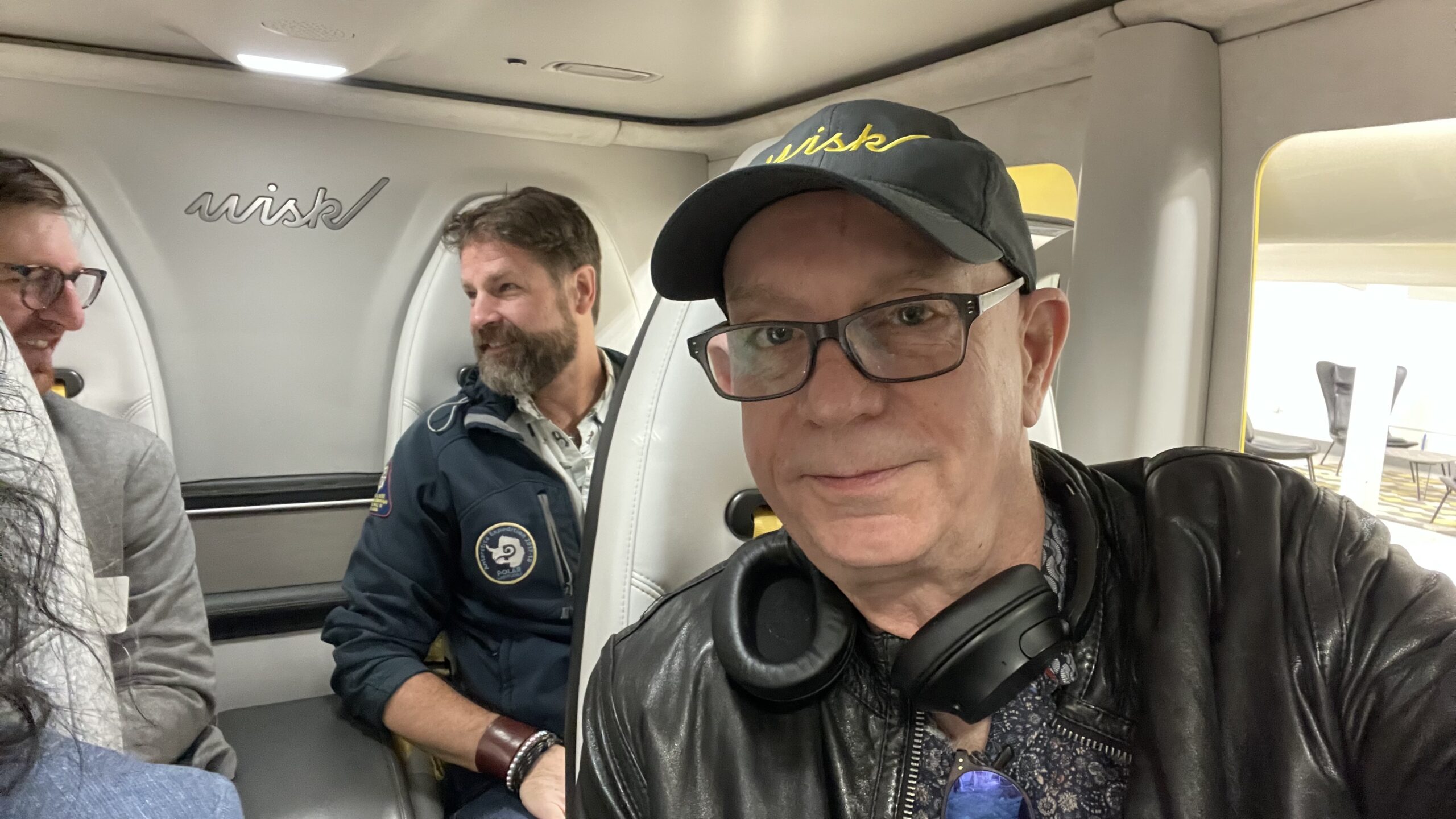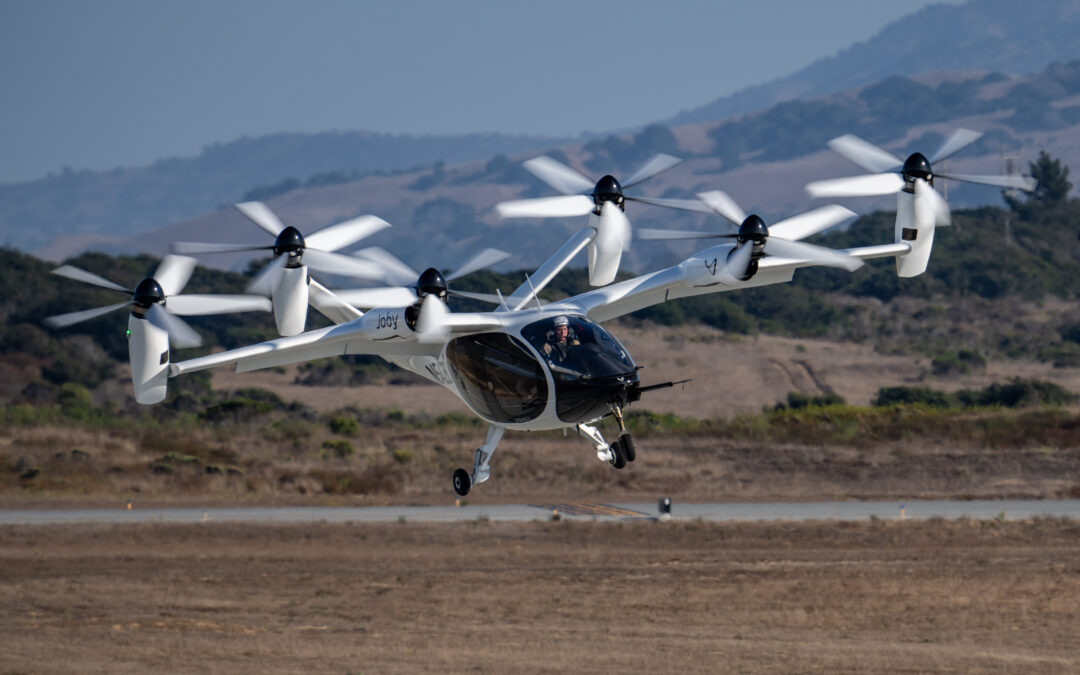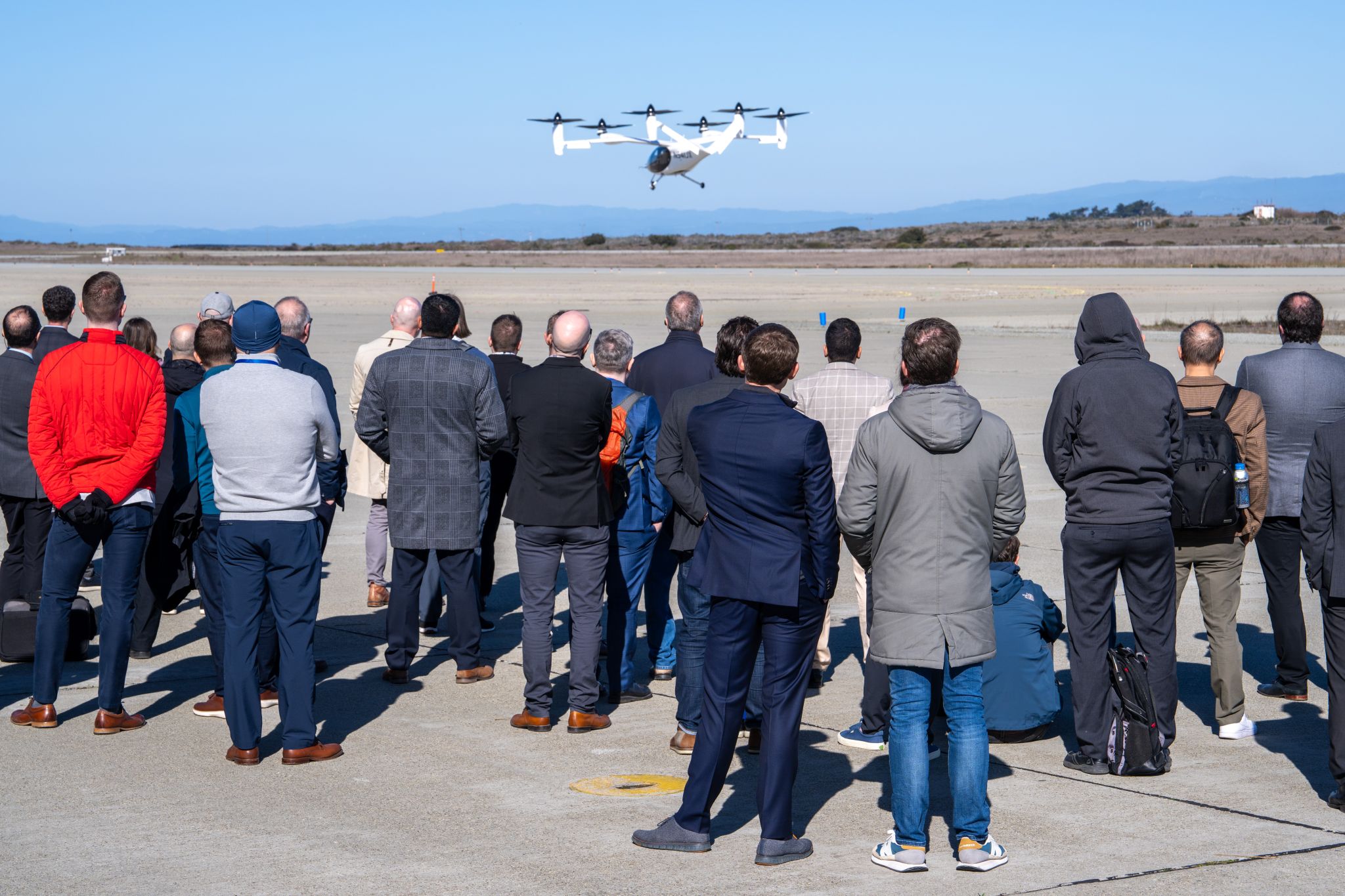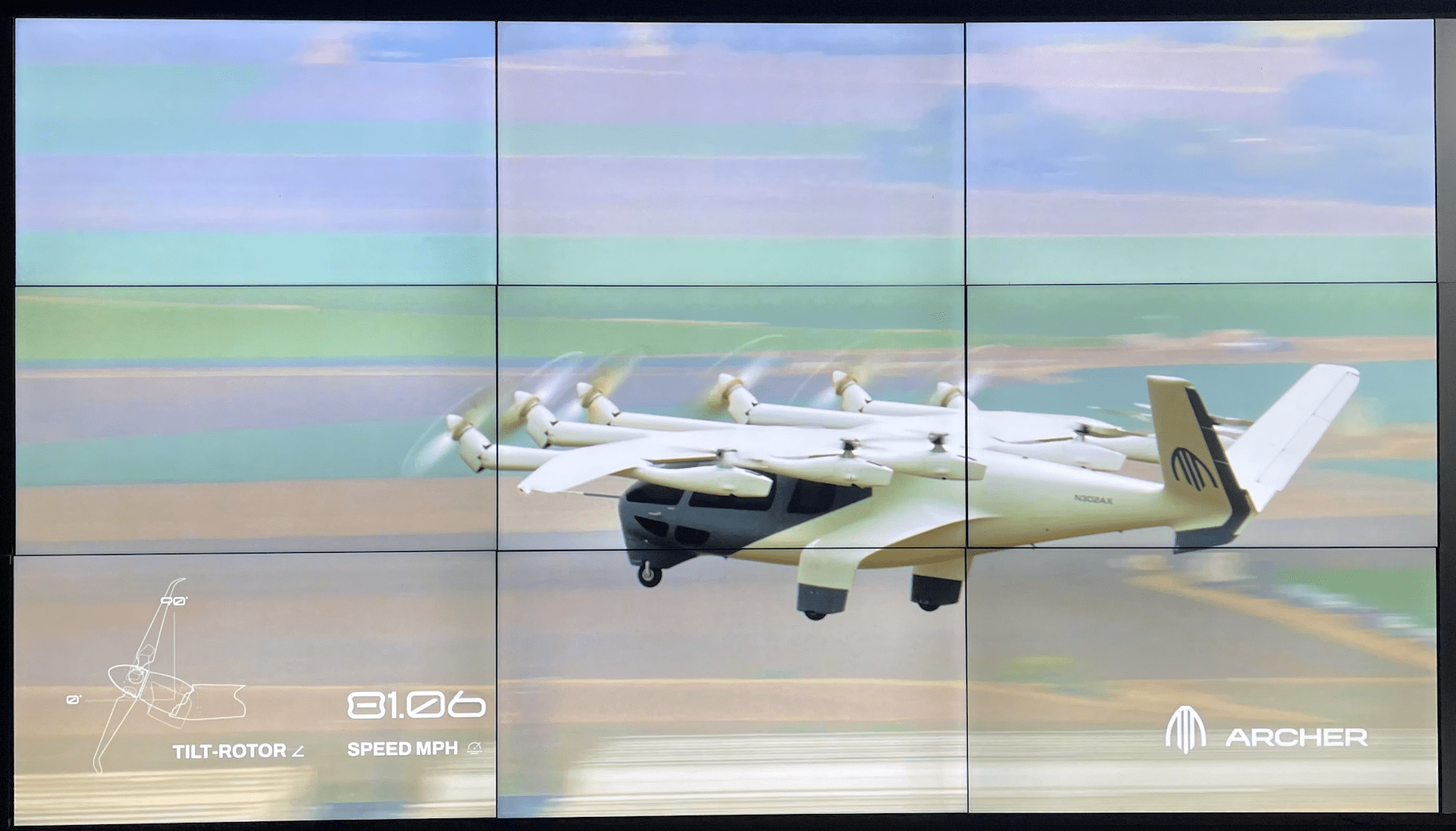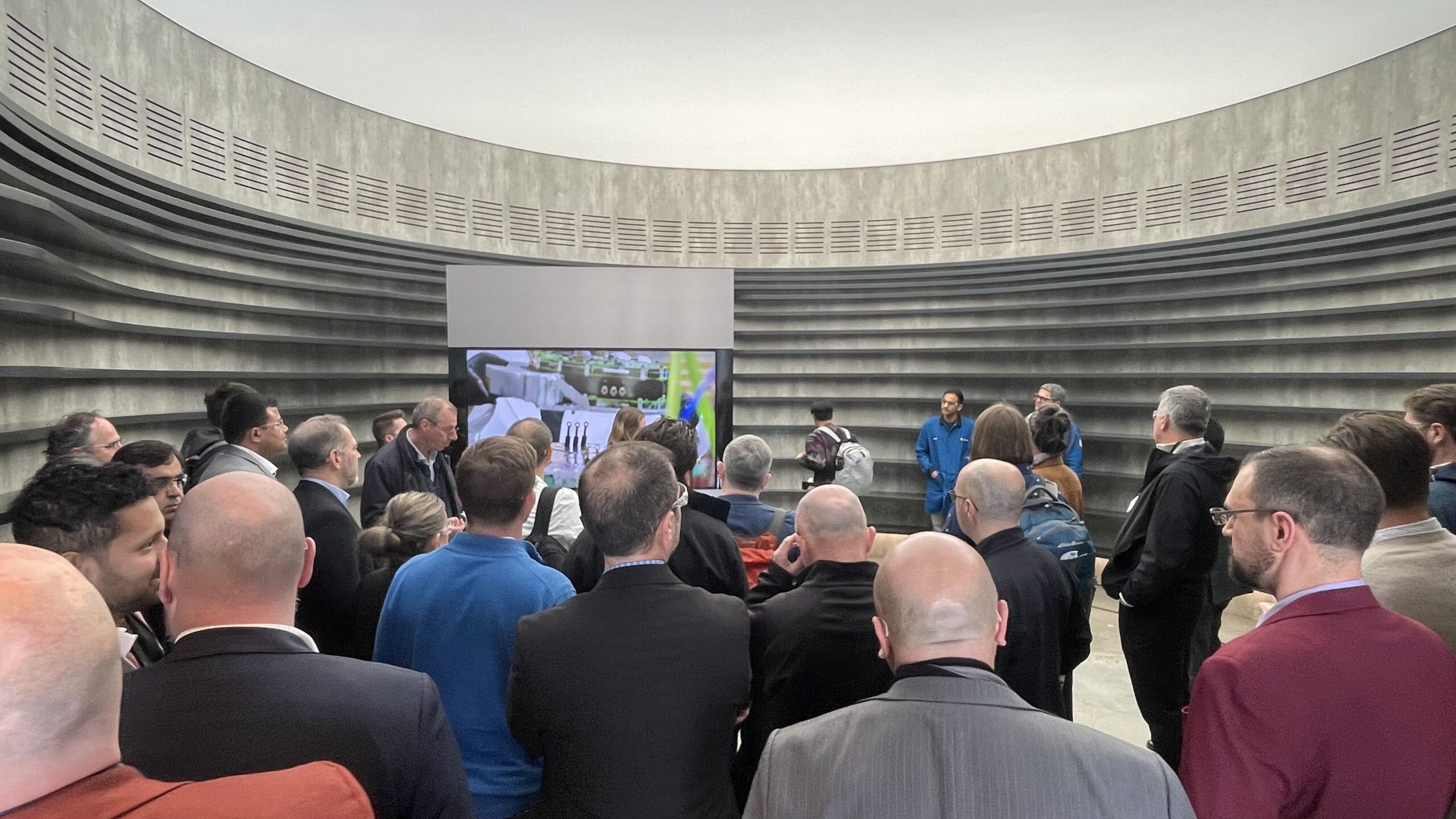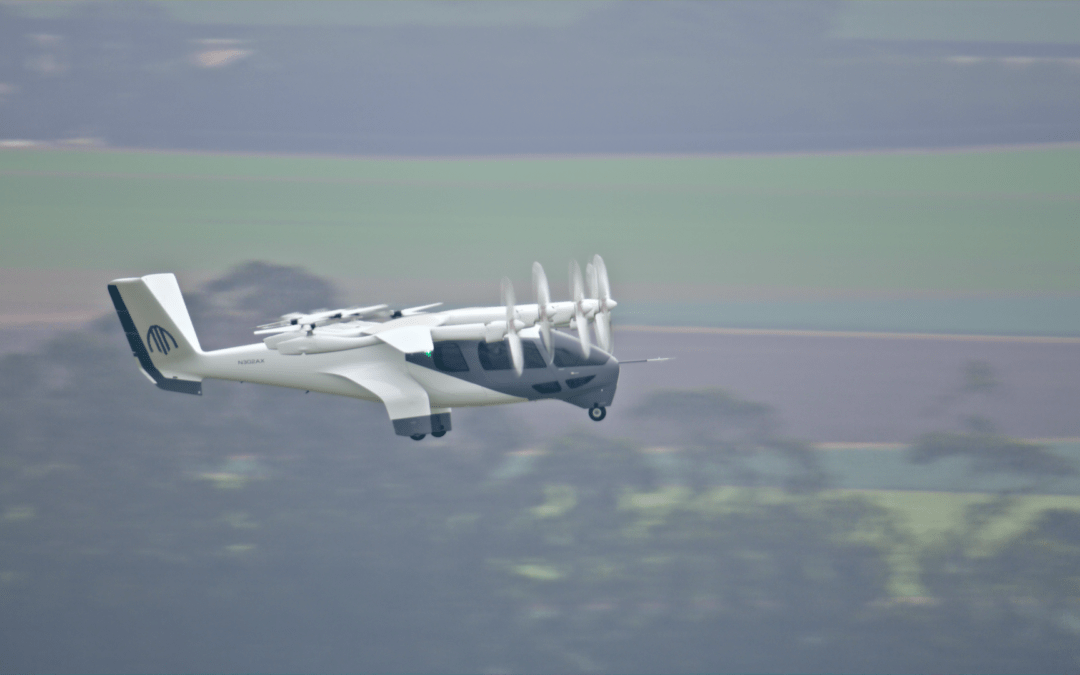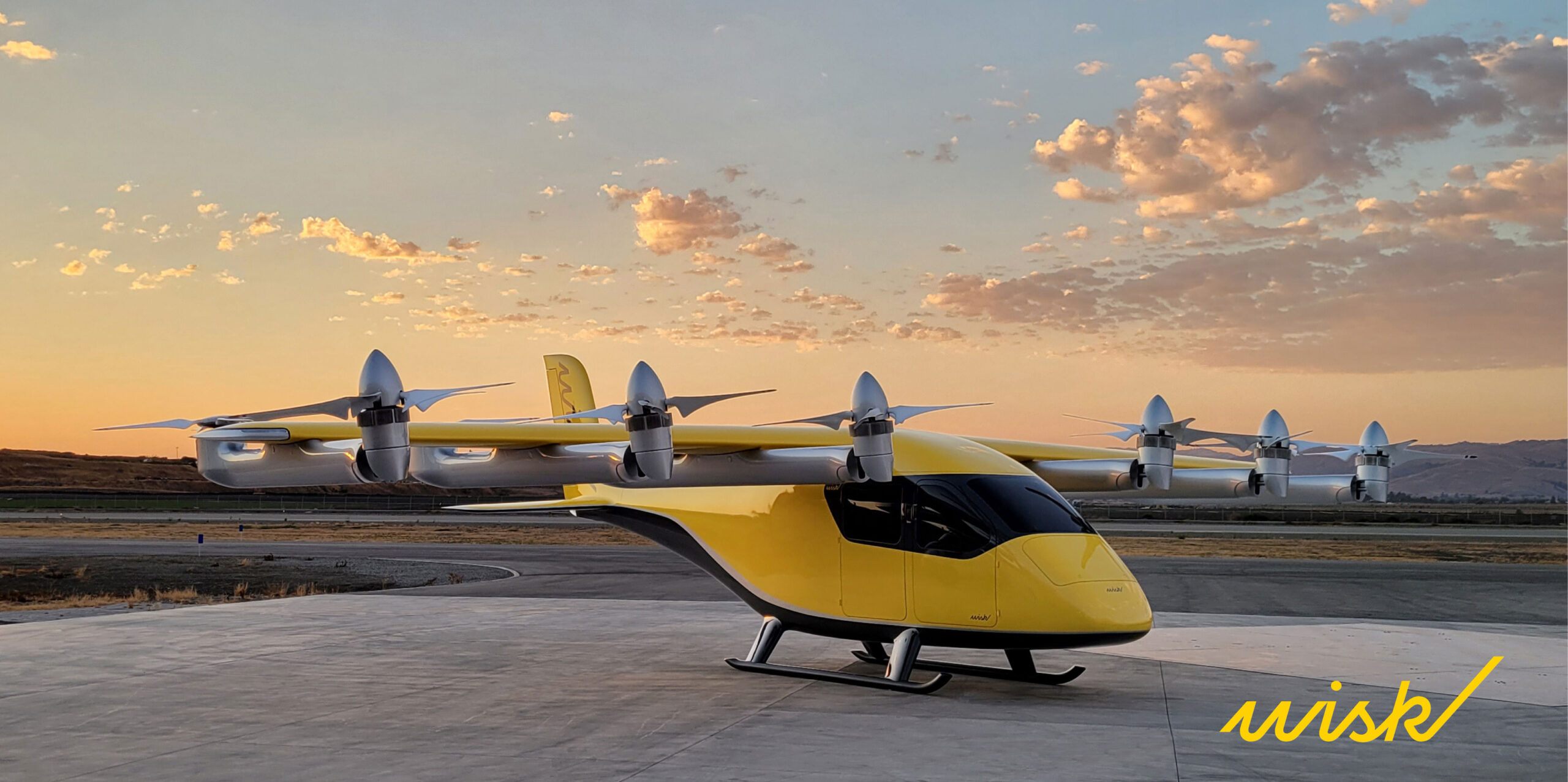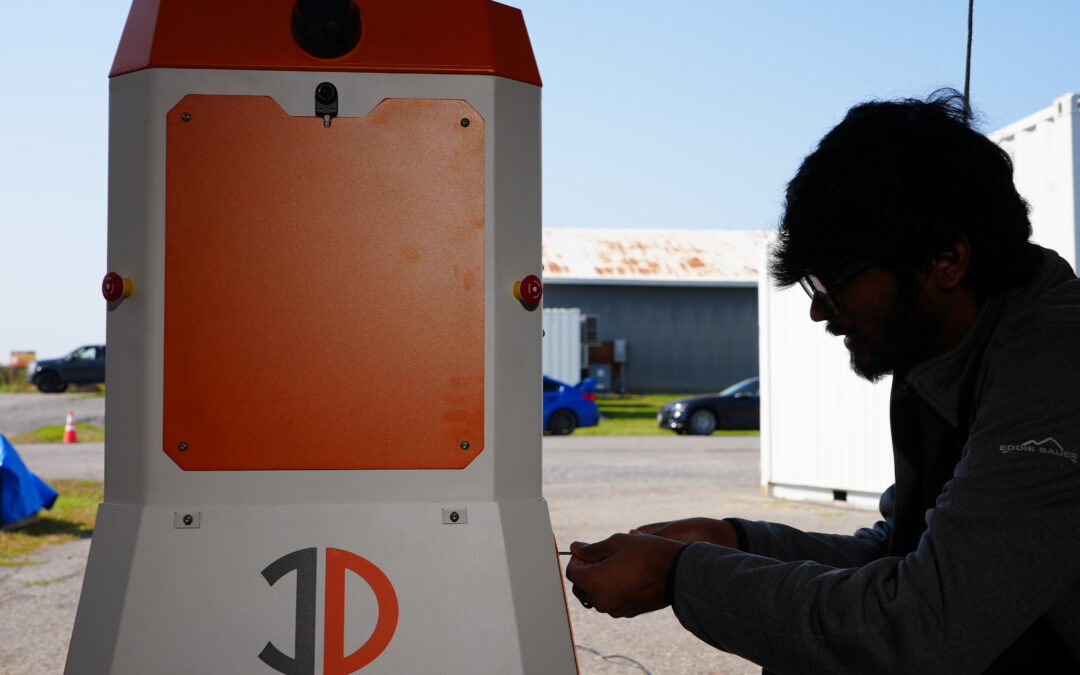
Building on a budget: How to maximise your robot
By Scott Simmie
So. You want to buy a robot.
Maybe you’re in the academia or R&D fields, and you need a robot for research. Or you’re a commercial/industrial client, looking for a device to carry out regular maintenance inspection, surveillance, or some other repeatable data acquisition task. You might even be looking for a robot that can pick things up and move them from one location to another.
Regardless of the use-case, you’ll have a budget. And you’ll want to make the most of it.
The question is: How, precisely, do you do that? How can you ensure you’re getting the best bang – and robot – for the buck?
At InDro, we take pride in how we work with clients to ensure they’re maximising their spend while we minimise their pain. Regardless of where you ultimately purchase a robot, we hope the tips this post reveals will help inform your choice.
Below: ‘Rosie’ – a highly complex dual-manipulator robot InDro built for a client
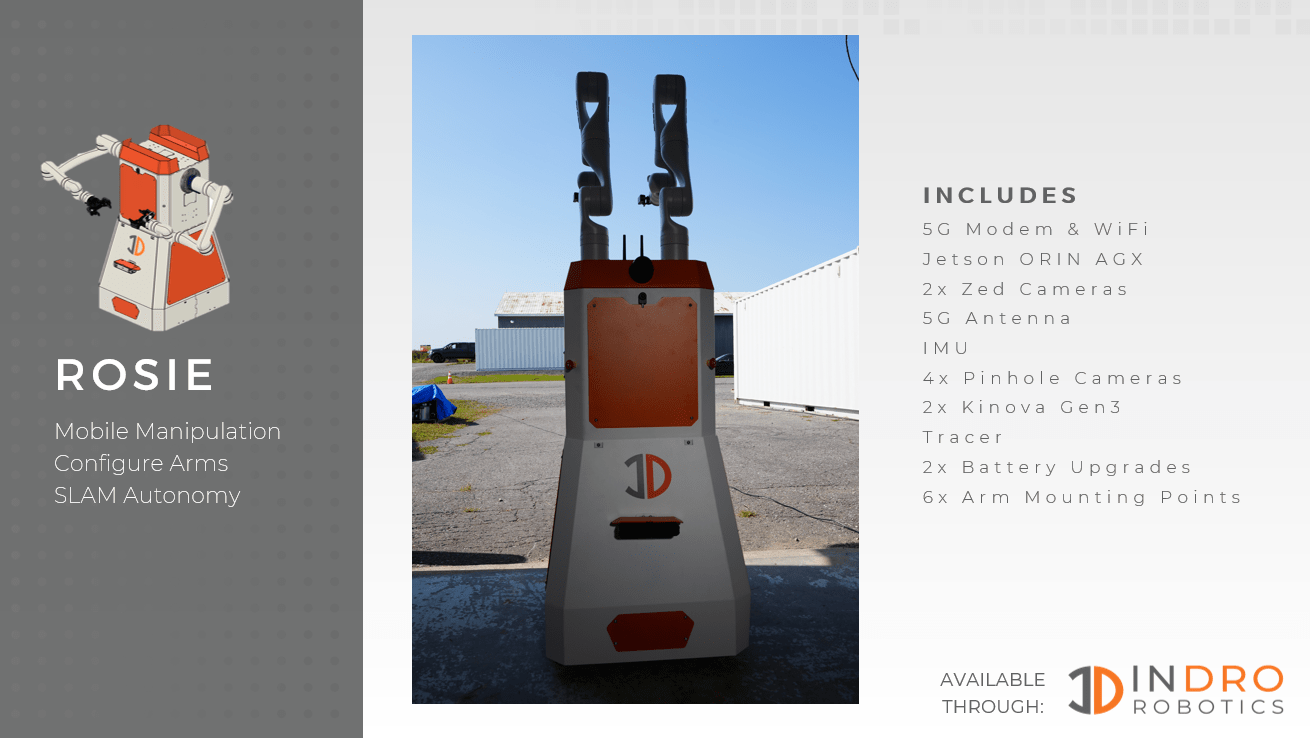
BUY ONLY WHAT YOU NEED
It’s a big world out there. And there’s more than one place to go robot shopping. But many suppliers lock clients into “packages” – which include a fixed number of sensors. Those packages tend to be rigid, even if the client might already have some of the desired components.
“They tend to bundle in components, be it expensive cameras or sensors or compute that the client already has,” explains Head of R&D Sales Luke Corbeth.
At InDro, he says, there’s an important difference.
“What we’re able to uniquely do is custom outfit a robot to only include what they need – so they don’t need to repurchase a 3D LiDAR or, say, a depth camera. If someone says, ‘Oh, I want this package but don’t need an IMU because I already have one,’ then we can bump down the cost and just not include the IMU.”
BUILD MODULAR
Needs evolve over time – as does technology. So it’s quite likely, during the lifespan of your robot, that more powerful sensors will be released. Or perhaps your own needs will change, and you realise that adding a thermal camera would really benefit a new use-case. That’s where InDro Commander (and InDro Cortex, which we’ll touch on later) come in.
Pretty much every robot we ship comes with a version of InDro Commander or the more compact InDro Backpack. Both of these boxes instantly transform any platform into a smart robot.
How do they do that? The simple explanation is that Commander and InDro Backpack are a Plug & Play hub that combines powerful compute and remote teleoperation mission planning capabilities via InDro Controller with instant sensor integration. There are a couple of features here that are key.
InDro Controller is a secure, user-friendly remote mission planner. It allows you to plan repeatable tasks on complex missions with a few clicks. Want to zoom in on that gauge to ensure normal operating parameters aren’t being exceeded? No problem. Manually carry out that operation just once and InDro Controller will remember it for next time. (Oh, and InDro Controller is regularly updated.)
But the real key is Commander’s future-proofing. Clients can add sensors simply by plugging them into one of Commander’s multiple USB slots. The onboard Robot Operating System library will automatically detect the new sensor and add it to the InDro Controller dashboard. Clients don’t need to do any coding or soldering to ensure the perfect fit. (Plus, we have multiple autonomy software stacks, also continuously updated, that can be added.)
The ease of sensor integration with InDro Commander and InDro Controller means the client can modify or otherwise update their robot with additional or newer sensors without the hassle – and time and cost – normally associated with the task.
Below: InDro’s Commander – ready for anything you can throw at it
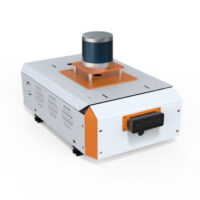
BUY QUALITY
You know that old maxim: You get what you pay for.
That’s usually true. But sometimes, as we’ve all experienced, you can overpay. And this is particularly true in the world of robotics. With some LiDAR units costing many tens of thousands of dollars, you’ll want to be absolutely certain you’re getting the best value (as with any other sensor). But with so many choices out there, how is a customer to discern what, truly, is ‘best’? It’s not like there’s a Rotten Tomatoes for LiDAR out there.
In the case of InDro, we’ve been building custom robots – for ourselves and our clients – for a long time. We’ve integrated and tested sensors from all the major manufacturers. And we’ve learned a lot during that process.
“We’ve built so many robots – and we’ve used pretty much every available LiDAR, depth camera, etc. on the market along the way,” says Corbeth. “As a result, what we offer in terms of components is the direct result of what we’ve seen have the best performance per dollar. We also look at: What’s easiest to work with from a development perspective? These criteria are all factored into our decisions on who we partner with.”
While Luke isn’t a trained engineer, he has a deep understanding of client needs, available solutions – and engineering in general. But when he’s got a question on behalf of a client, he also has our core R&D engineering team to tap on. We also have InDro Forge, our fabrication and manufacturing facility in Ottawa, for building custom enclosures and integration. This allows us full quality control, infinite customisation capabilities, and speeds the process of getting a finished robot out the door without having anything done by a third party.
AFTER THE SALE
InDro has built a reputation not only for its robots, but for its support of everything we sell. If clients ever have an issue, our engineering team gets to work. We have three well-established tiers of support, shown here in order of escalation:
- Remote troubleshooting
- Dispatching a Field Engineer to the client’s location
- Return to the robot to InDro for repair
“I would say in 90 per cent of cases we can we can remotely solve any issues – especially if it has InDro Controller. That makes it really easy to troubleshoot and update,” says Corbeth.
“But if it doesn’t, then sometimes it may make sense to go in-person and do those changes on behalf of the client on site.”
CORTEX
Because we’re a R&D company, we are constantly looking for ways to enhance our offerings. And while Commander is still both current and powerful, we’ve put considerable resources into making it even better – and much smaller.
InDro Cortex is the next generation of Commander, in a form factor so small it can easily be added to any platform: Wheeled, quadruped, humanoid – even a drone. With powerful compute, ROS1 and ROS2 libraries, InDro Controller and USB slots for sensors onboard, it’s ready for any mission. And, like Commander, InDro Cortex is a way of future-proofing your robot. If you’ve opted for InDro Controller or one of several autonomy stack options, you’ll always be working with the latest version of the software (in addition to being able to easily integrate new sensors).
“Cortex is the natural progression of Commander,” says Corbeth. “But because of the way it’s structured, it’s going to cost a lot less. So we’ll be able to outfit a robot with compute, sensors and connectivity at a fraction of the cost – which is really exciting.”
It is. And we look forward to a full commercial release of Cortex (which will also be available as a standalone product) by early summer. You can have a sneak peek, for free, below:
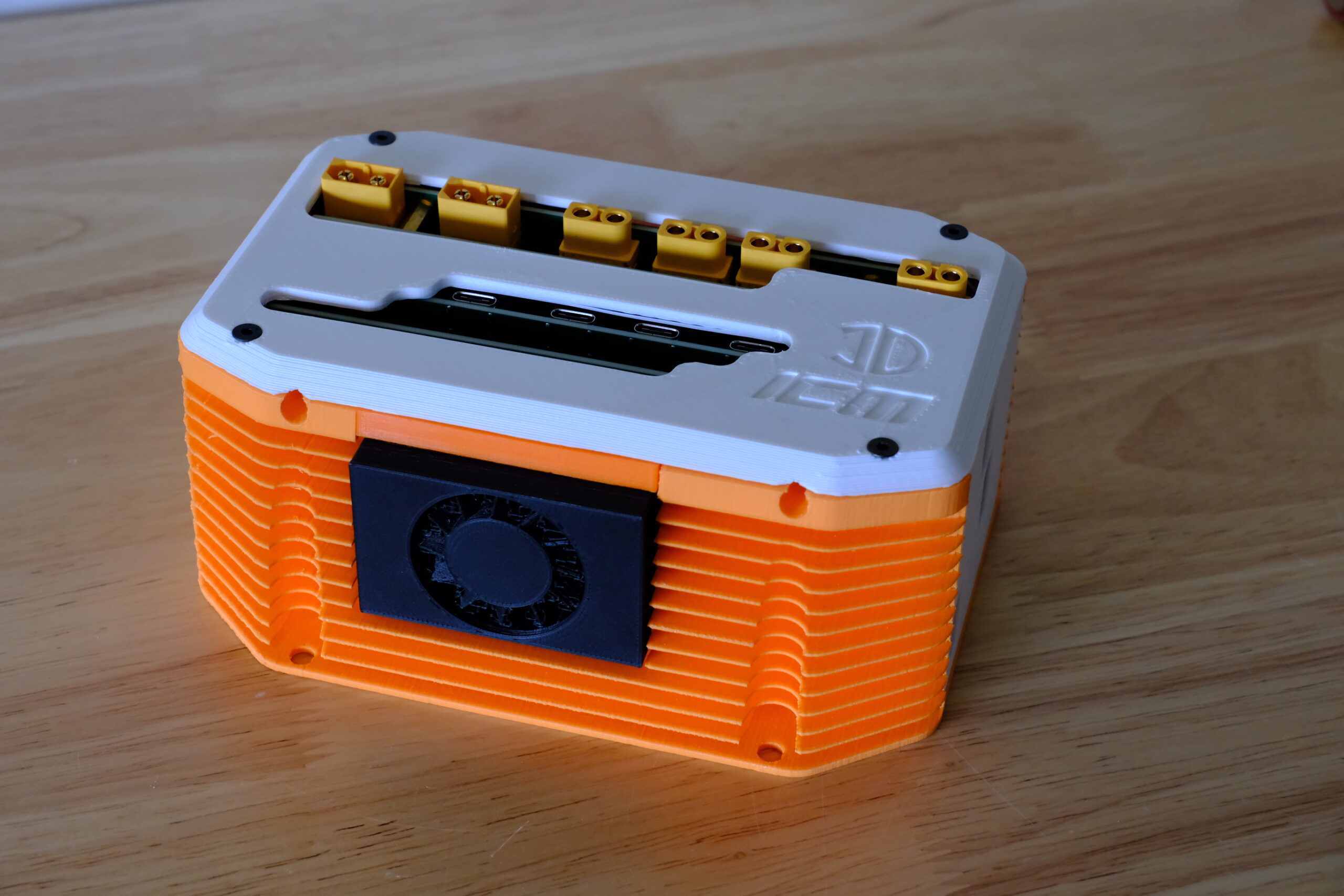
INDRO’S TAKE
If purchasing a robot is on your to-do list, we’d obviously like for you to consider InDro. But even if you don’t, we hope you’ll look for a supplier who offers everything we do, including:
- Track record with satisfied customers
- Components that have been field-tested for quality and value
- In-house manufacturing expertise
- Modular integration ease with after-sale support
The addition of InDro Forge to our capacity cannot be understated. We are now capable of all aspects of production, including IP-rated custom metal work for enclosures.
“Buying a robot is generally a significant capital expenditure,” says InDro Founder and CEO Philip Reece. “Our background as a research and development company, where we have invented and built so many robots from scratch, has taught us how to produce the absolute best products we can for the money. Those learnings – and there have been many – now benefit our clients.”
And, for those clients who know precisely what components or platforms they need, there’s also the new InDro Store. Happy shopping!

